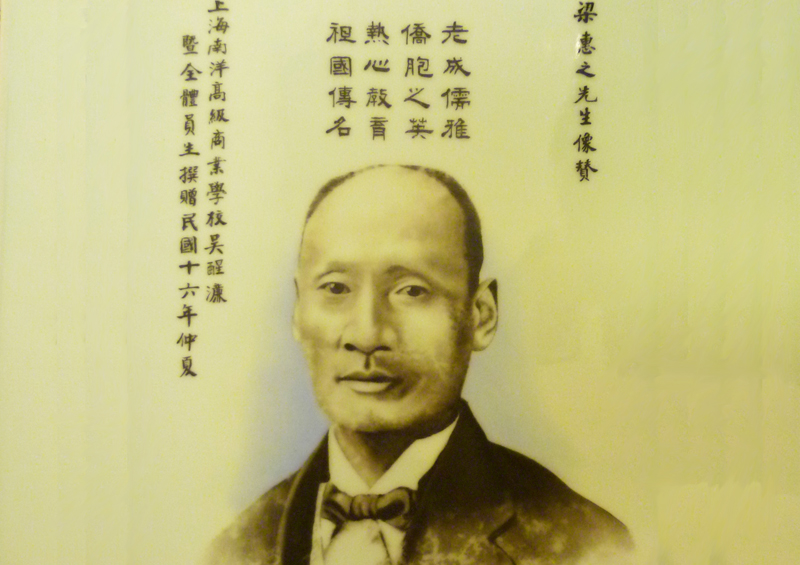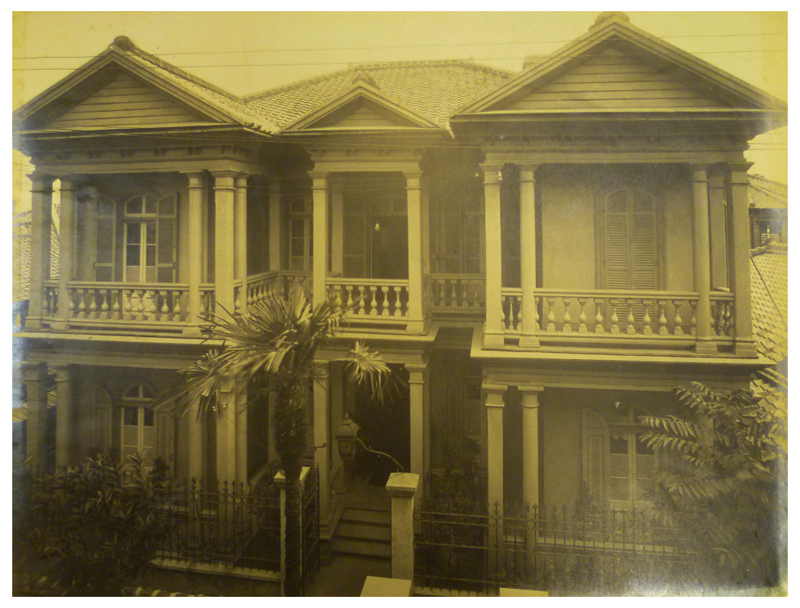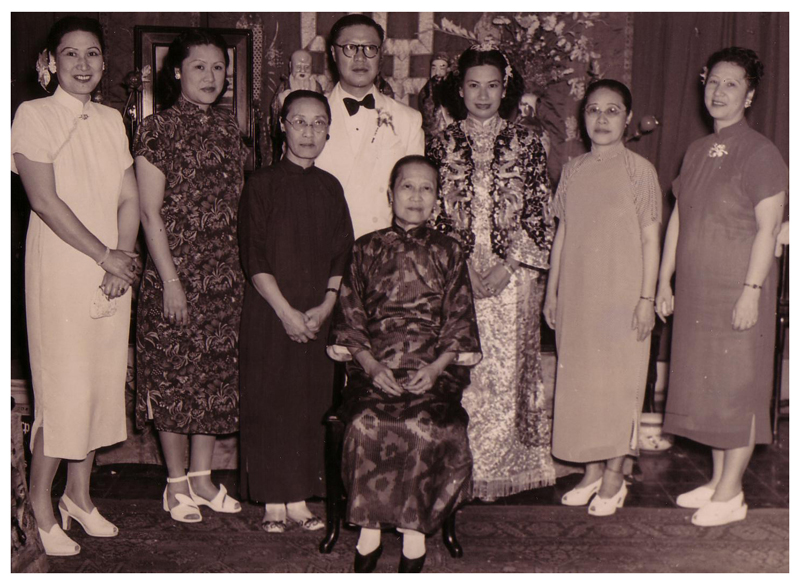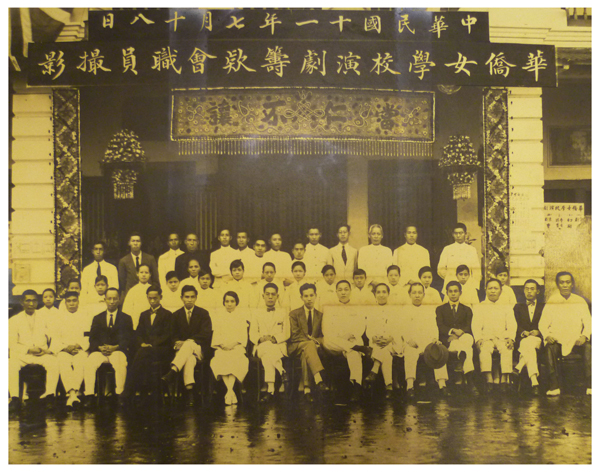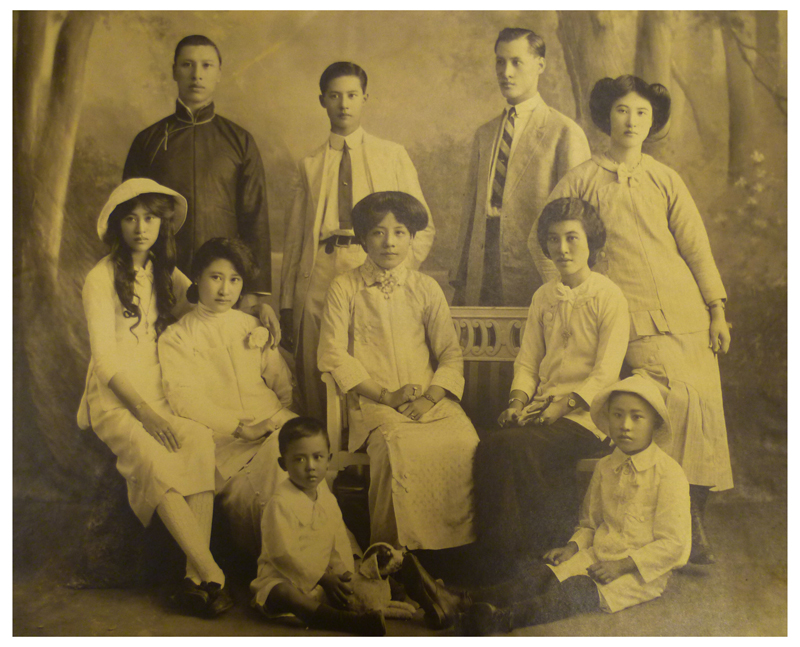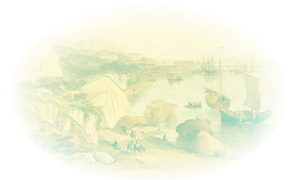| |
論文摘要:
This paper examines the history of the treatments for hyperthyroidism since WWII in Taiwan. Sources include medical journals, newspaper reports, and oral history interviews of surgeons and patients. Surgical removal of the thyroid gland was first offered by medical missionaries in the early twentieth century, and western trained Taiwanese surgeons continued the trend. Beginning in the 1950s, radioactive iodine (RAI) treatment (imported from the US) also became available and was presented by its promoters as one of the major breakthroughs in the nuclear age. Even though the ROC (Taiwanese) government-in-exile upheld RAI as the medical counterpart of nuclear power and ushered it in with staged rituals, RAI did not overtake the surgical approach as it did in the US. As late as the 1990s, surgery was still the major treatment option for this common disease in Taiwan. The common people also supported the surgical option . In the 1970s, thyroidectomy was one among a number of excessively performed surgeries in Taiwan (the others were hysterectomy, stomach removal, and appendectomy). The surgical clinic was a common establishment throughout Taiwan by the mid-twentieth century. However, RAI was a latecomer and, with the exception of a few prestigious hospitals in Taipei such as the National Taiwan University Hospital, most medical institutions and clinicians were not equipped to use the substance. In the popular imagination, RAI was equated with the aftermath of the atomic bombing of Japan. The ways in which surgery was preferred point to the material conditions of medical practice as well as the post-Hiroshima image of radioactive materials.
|
.jpg)
